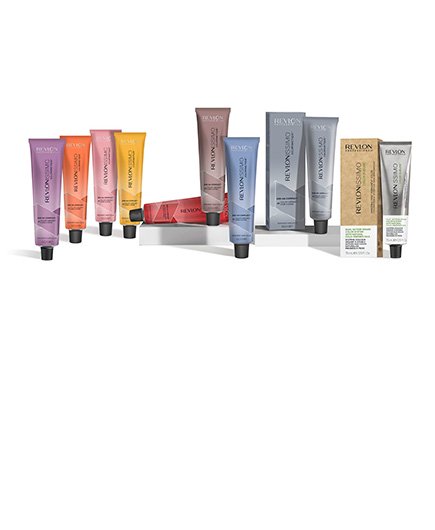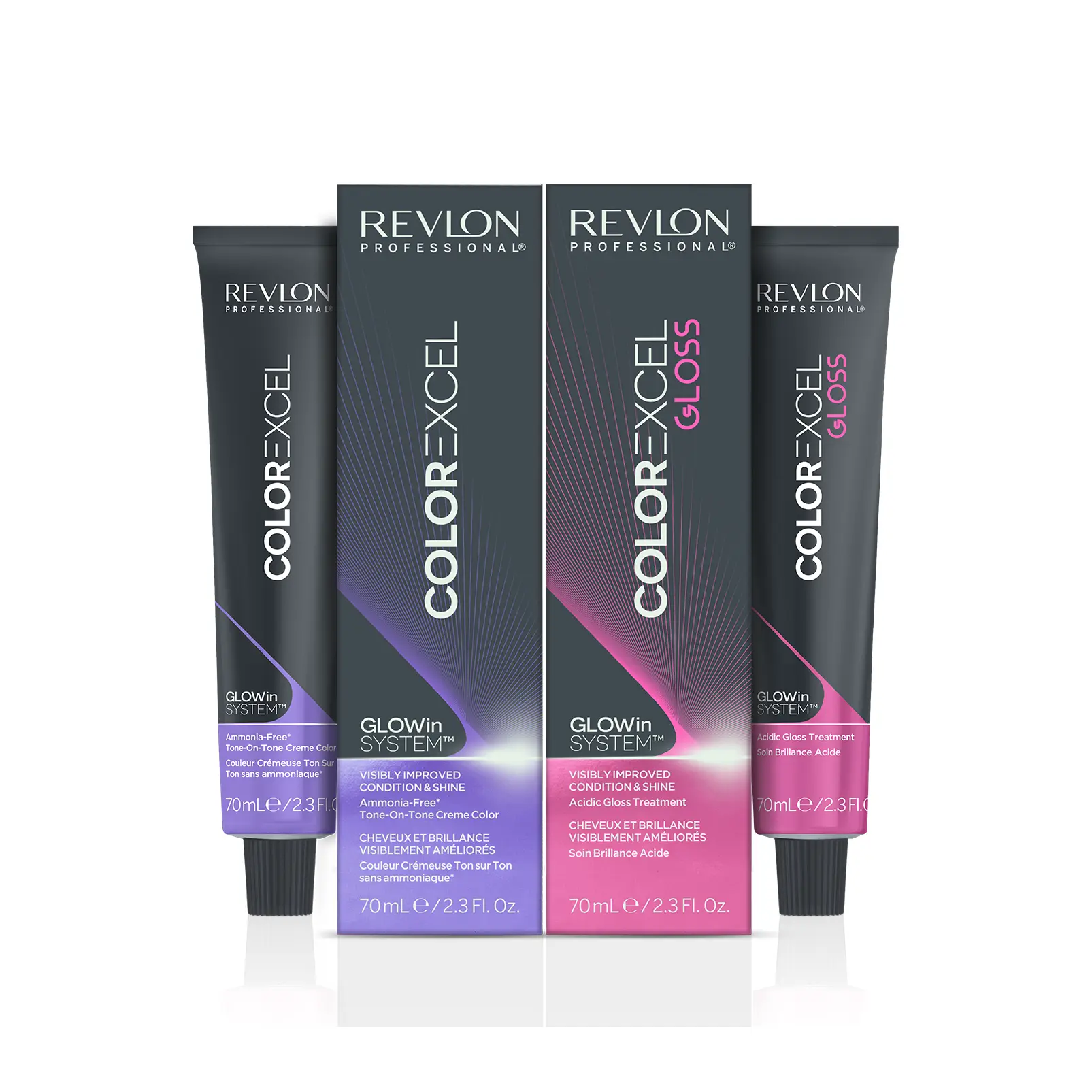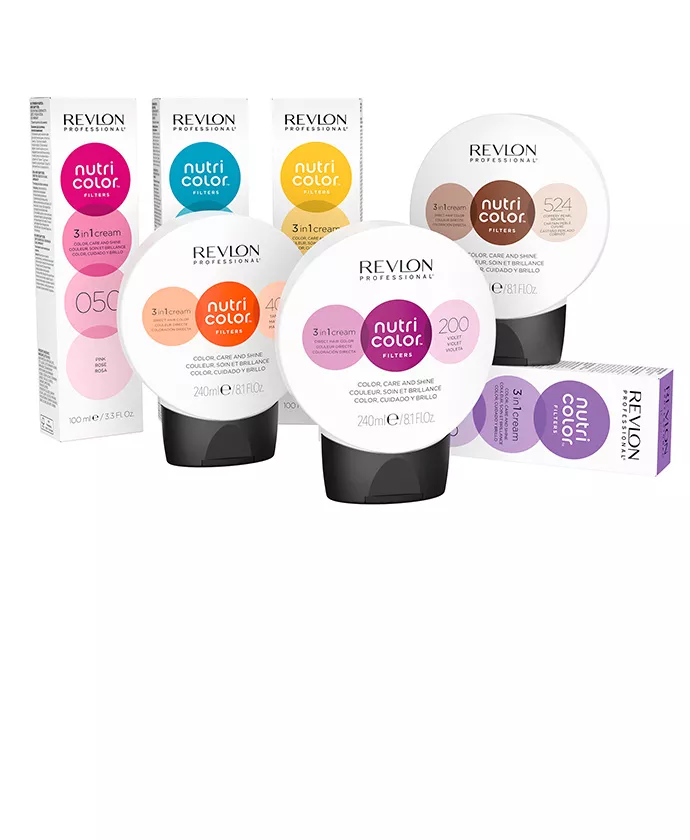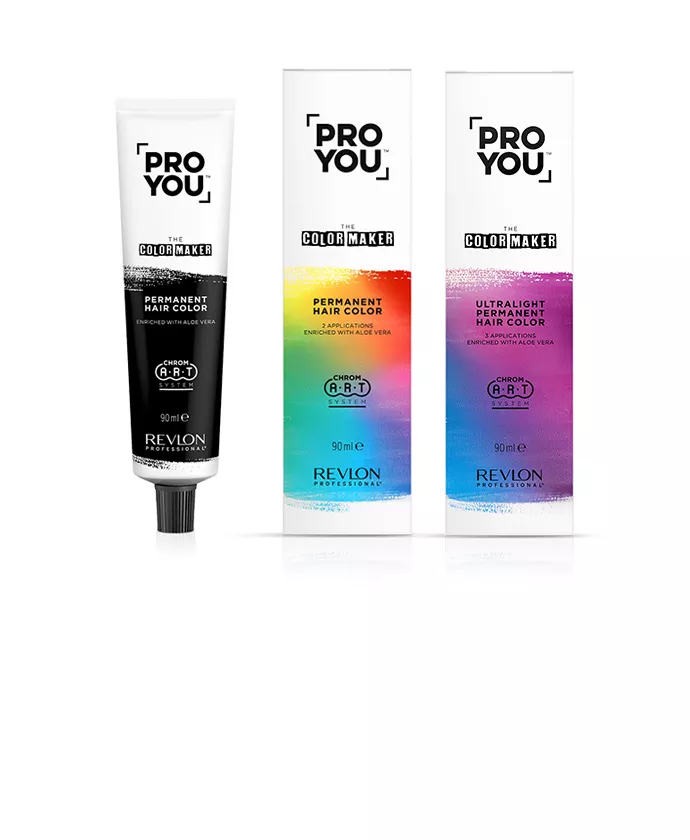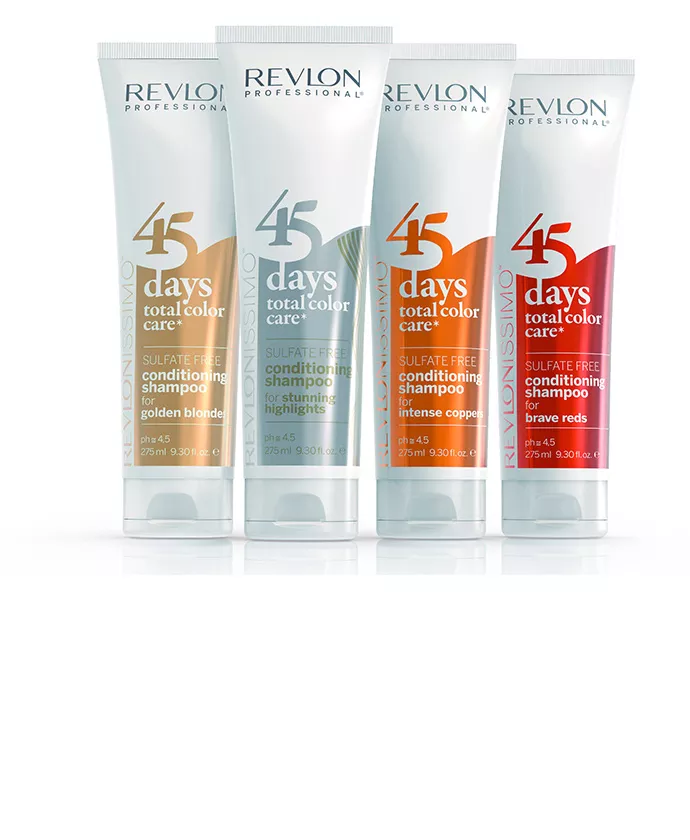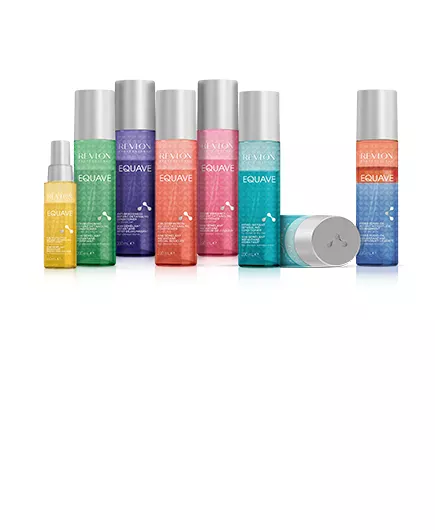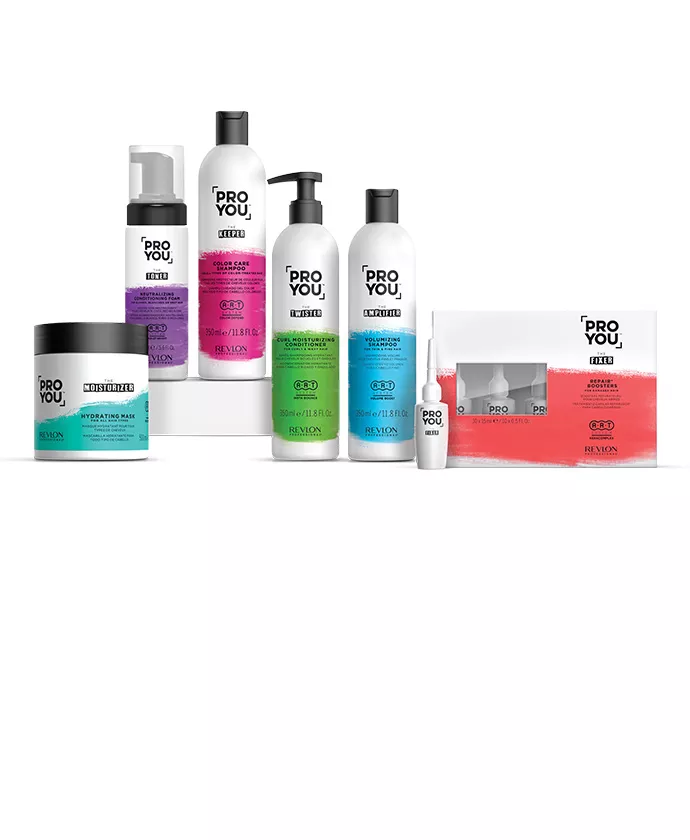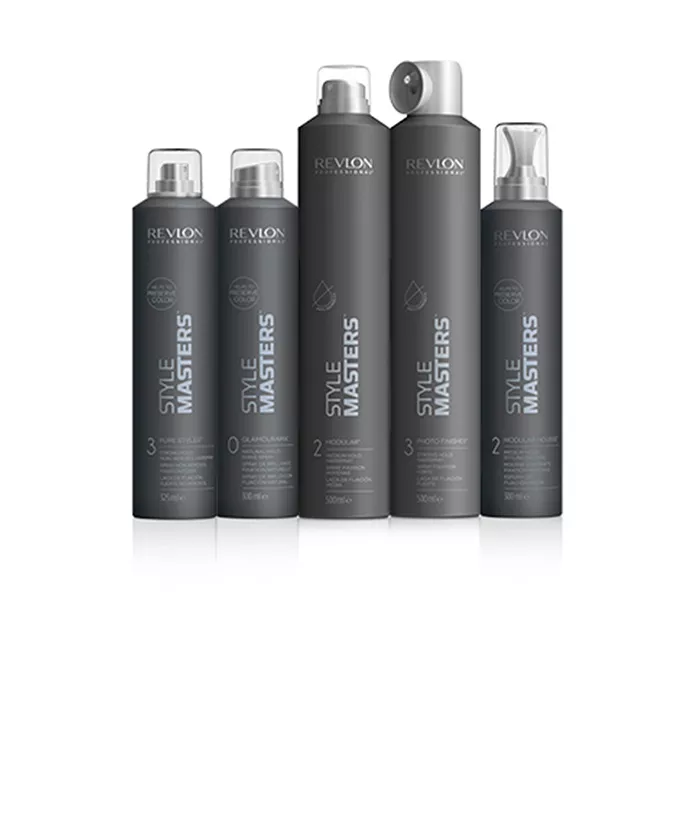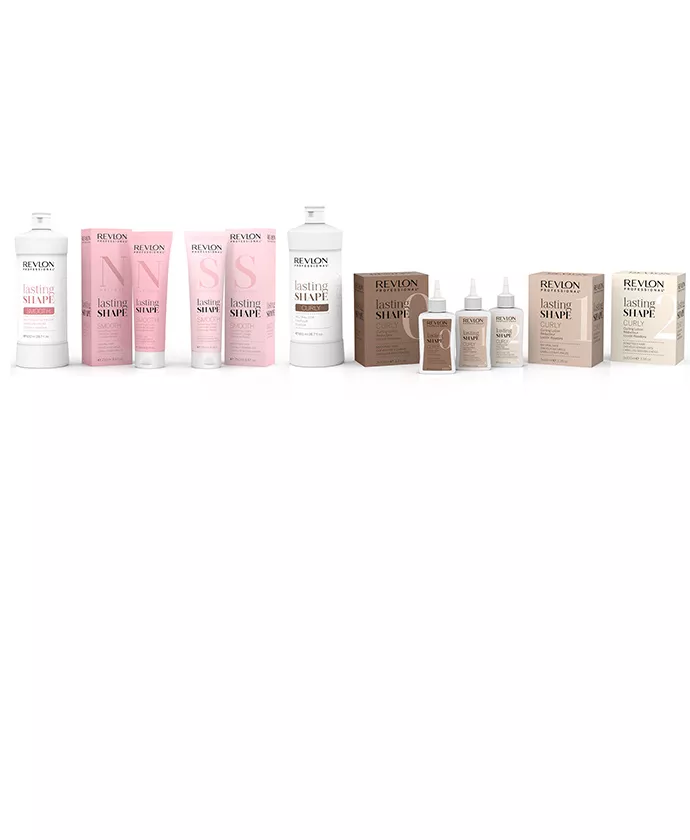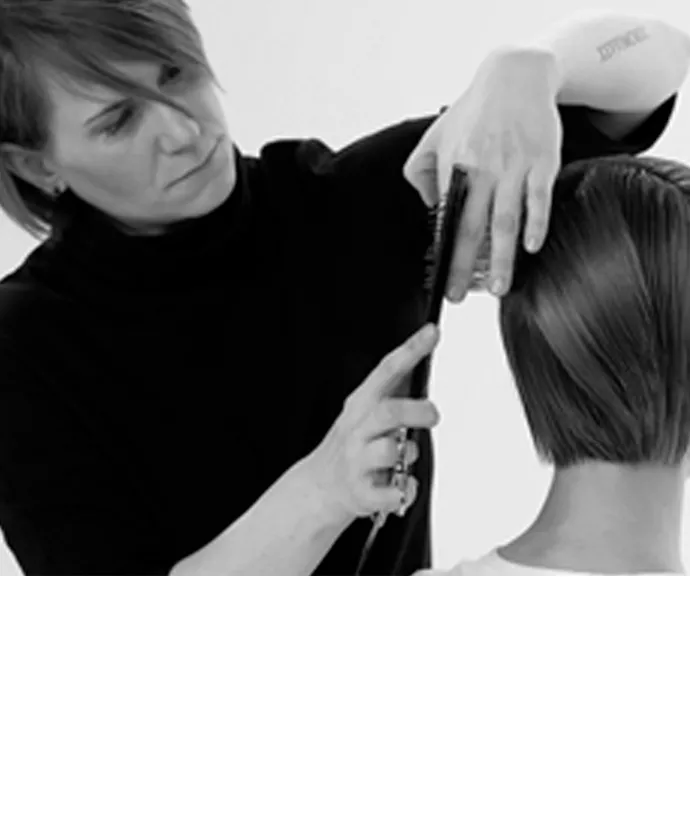Do’s and Don’ts of Client Consultations In Your Salon
Client consultations are the key to your hair salon’s success. They are the starting point for understanding your clients’ unique hair needs, delivering expert recommendations, building trust, managing expectations, and maintaining meticulous records. Ensuring that your hair salon provides a personalized experience, such as the introducing the Helix Method by Revlon Professional, will help you build your own unique pathway and redefine the salon experience.
This cutting-edge approach not only sets you apart from the competition but also cultivates a reputation for professionalism and increases revenue, loyalty, and referrals that will keep your clients coming back! Still not convinced? Read on!
Ver esta publicación en Instagram
The Purpose of Client Consultations
Client consulations ensure that your client is getting an experience and service that is tailored to them.
Ver esta publicación en Instagram
The Do’s of Client Consultations
1. Active Listening
Do master the art of active listening. Yes, this means giving your full attention, responding thoughtfully, and showing empathy. Encourage clients to express themselves, and ask follow-up questions to gain a deeper understanding of their hair expectations. Active listening goes beyond hearing words; it involves understanding emotions and concerns. This not only helps you comprehend your client’s hair desires but also makes them feel valued and heard.
2. Asking Open-Ended Questions
Do encourage clients to open up by asking open-ended questions. This approach invites your clients to express their hair preferences and concerns in detail, leading to a more personalized hair experience.
Instead of asking questions like, “Do you like your current haircut?” use open-ended questions like, “How would you like your hair length and style to change today?” Open-ended questions empower clients to share their hair vision.
3. Building Rapport
Do build rapport by creating an inviting atmosphere that fosters trust. It’s about making clients feel not just like customers but like guests in your hair salon.
Your welcoming and respectful demeanor plays a vital role in this process. Addressing clients by their names, offering a beverage, and making small talk can go a long way in building a positive rapport that makes clients look forward to their hair visits and helps create a memorable experience.
4. Providing Professional Recommendations
Do offer well-informed recommendations for care and styling products based on the client’s unique hair needs and hair type. By sharing your expertise, you not only help them make informed decisions that will lead to great results but also instill confidence in your abilities.
5. Confirming Client Expectations
Do summarize the client’s hair expectations to ensure both you and the client are on the same page. This practice prevents misunderstandings and ensures the ultimate hair service. By reiterating what you’ve understood and what the client can anticipate, you provide an opportunity for clarification. It reassures clients that you value their input and want to meet their hair expectations.
6. Documenting Client Preferences
Do keep meticulous records of client hair preferences, allergies, and past hair services. This invaluable documentation is your secret weapon in personalizing future hair appointments, delivering consistency, and showing clients that their individuality matters.
For example, if a client prefers a specific hair color and has allergies to certain hair products, having this information at your fingertips ensures a smooth and safe hair experience.
Ver esta publicación en Instagram
The Don’ts of Client Consultations
1. Avoiding Assumptions
Don’t assume you know what the client wants for their hair without asking. Making assumptions can lead to dissatisfaction. Instead, always seek clarity through thoughtful questions and active listening.
For instance, if a client mentions they want a “refresh” for their hair color, inquire about what that means to them. Everyone has a unique interpretation of words, and by seeking clarification, you can align your hair services with their hair vision.
2. Rushing Through Consultations
Don’t rush through hair consultations. Taking your time is a sign of respect and professionalism. It guarantees that the client feels valued, and it reduces the risk of misunderstandings or missed details.
Allocating sufficient time for each hair consultation demonstrates your commitment to providing a thorough and personalized hair service.
3. Overpromising Results
Don’t make unrealistic promises or guarantees. It’s natural to want to make your clients happy, but being honest about what can be achieved will help manage their hair expectations and allow you to provide a realistic timeline. For instance, if a client wants a dramatic hair transformation but their hair is currently damaged, have a consultation. This is where you can explain if this service is possible, create a plan, and recommend personalized treatments such as the RE/START™ Pro Care Boosters to help them achieve their desired look.
4. Neglecting Documentation
Don’t neglect recording client hair preferences and notes. Proper documentation is vital for maintaining consistency and avoiding errors.
Having accurate and up-to-date records not only ensures that you provide an excellent hair service every visit but also safeguards against using hair products the client is allergic to or has had adverse reactions to in the past.
5. Disregarding Client Comfort
Don’t ignore the client’s comfort. Make sure that clients are physically comfortable during hair consultations and services. Address any discomfort or concerns promptly and professionally.
Whether it’s adjusting the hair chair, offering a cushion, or regulating the salon’s temperature, paying attention to their comfort can help you to transform from a hair salon into a wellness destination.
6. Ignoring Non-Verbal Cues
Don’t ignore non-verbal cues. Body language and facial expressions are windows into a client’s feelings and comfort level. Ignoring them can lead to miscommunication and a less than satisfactory hair experience.
If a client appears tense or anxious, acknowledge their emotions and offer reassurance. Tuning in to these cues allows you to adjust your approach and make clients feel truly understood and cared for.
Addressing Unique Hair Scenarios
In addition to these general guidelines, be prepared to address special situations that may arise in your salon. These can include clients with hair allergies, sensitivities, or unique hair requirements.
Addressing hair allergies and sensitivities requires extra diligence. Before using any hair products or treatments, inquire about allergies and sensitivities and be ready to provide alternative options such as ammonia-free or demi-permanent color and always perform patch tests following the manufacturer instructions to ensure the client’s hair safety.
Cultural or religious requirements, such as clients who wear head coverings, also demand your attention. Be sure that your salon is inclusive, accommodating, and respects the specific needs of each and every client.
Stand out in your business by joining Revlon Pro AlwaysOn (available for clients only, so click the link to become one) to get access to education and the tools that will empower your salon. Additionally, our Revlon ProShop allows you to order directly at any time and choose the product ranges that suit your business needs.


